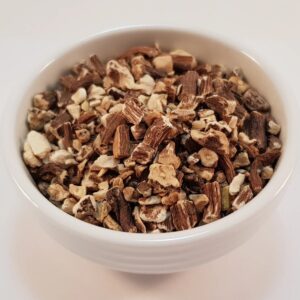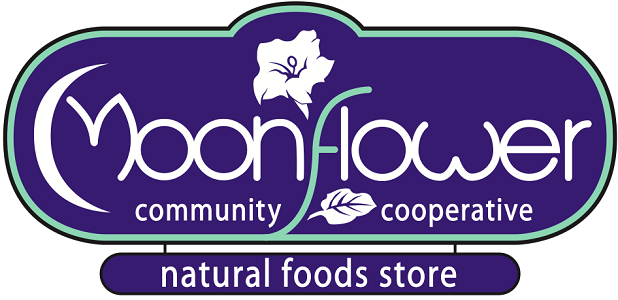 Most people are familiar with dandelion as a weed that grows just about anywhere, but did you know that it’s actually a highly nutritious plant with numerous medicinal benefits?
Most people are familiar with dandelion as a weed that grows just about anywhere, but did you know that it’s actually a highly nutritious plant with numerous medicinal benefits?
Botanical and Historical Background
This member of the aster (sunflower) family, Taraxacum officinale, is native to most of Europe, Asia, and northern Africa, but is now naturalized all over the world and grows on every continent except Antarctica. Its name originates from the Medieval Latin “dens leonis” meaning “lion’s tooth,” which was then translated in French as “dent de lion,” referring to its deeply lobed, widely toothed leaves. In Spanish-speaking communities practicing herbalism in the southwestern U.S., dandelion is called “chicoria” or “diente de leon.”
Various indigenous cultures in North America have historically used dandelions as a prized edible, a gastrointestinal aid, an alterative tonic, and a poultice or compress. Dandelion has also been used in Ayurveda, the traditional healing system of India, and in Traditional Chinese Medicine. According to TCM, dandelion is considered energetically bitter, drying, and cooling, and clears heat from the liver, has a beneficial effect on the stomach and lungs, and can uplift the mood and support lactation. Many herbalists highly regard dandelion for relief of menopause symptoms, liver health, and mild diuretic, anti-inflammatory, laxative, and detoxifying purposes.
Culinary Uses

The uses for all parts of this herb vary as widely as its range. The leaves, which are least bitter in early spring, are great in salads and as a cooked green. They are excellent steamed like spinach with a little salt, pepper, and butter. They go well with other savory spices such as nutmeg, garlic, onion, or lemon peel as well. The leaves contain high concentrations of vitamins A, B complex, C, D, and K, and minerals such as iron, potassium, and zinc. They even contain a higher concentration of beta carotene than carrots!
Dandelions also have a large, fleshy taproot that can reach up to 6.5 feet long! (This is why they have enough energy to produce more flowers when they’re mowed over again and again.) The root contains inulin, a type of prebiotic fiber that feeds beneficial gut microorganisms. It’s also a bitter digestive tonic that tones the digestive system and stimulates the appetite. The root can be roasted, bringing out its earthy flavor, and used as a caffeine-free coffee substitute or flavoring (often combined with chicory root and/or barley root).
Dandelions can also be used to make tea, beer, wine, butter, jelly, baked goods, extracts, and more (including, of course, dandelion flower crowns). They can be added to herbal tea blends or infused into body care recipes. The flowers can be breaded and fried and taste like mushrooms when cooked!
How to Make Dandelion Tea
To make dandelion root tea, use about 2 tsp of dandelion root per cup of water. Bring water to a boil, add dandelion root, and simmer for a few minutes. Remove from heat and steep for 15 minutes, strain, and serve.
Find dried dandelion root in our bulk herbs department.
